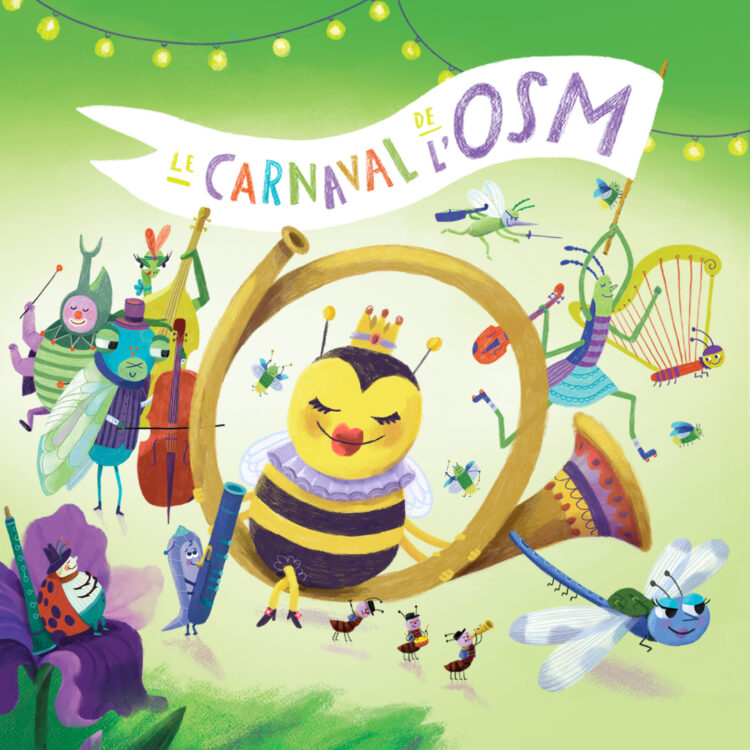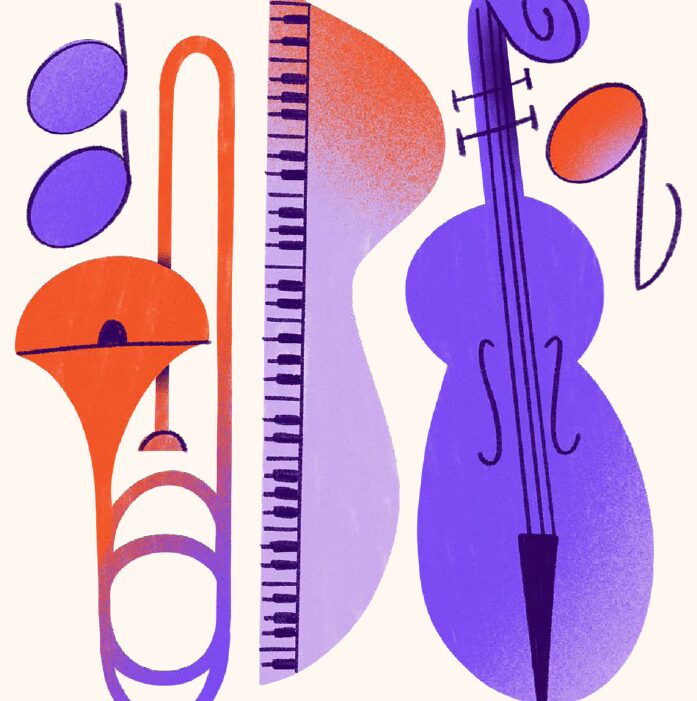La Negro Folk Symphony de William Levi Dawson : Un joyau du répertoire afro-américain

Le 20 novembre 1934, le public du Carnegie Hall découvrait la Negro Folk Symphony du compositeur afro-américain William Levi Dawson. L’œuvre obtint un succès retentissant qui laissait présager un bel avenir; toutefois, après plusieurs représentations, elle tomba pratiquement dans l’oubli.
Bien qu’elle ait fait l’objet de deux enregistrements, en 1963 et en 1992, ce n’est que dans les années 2020, à la suite d’un regain d’intérêt envers le patrimoine musical afro-américain, que la Negro Folk Symphony a retenu l’attention de plusieurs chefs d’orchestre. Roderick Cox la met régulièrement au programme de ses concerts, et il la dirigera à la tête de l’OSM les 12 et 14 octobre prochains.
WILLIAM LEVI DAWSON, L’AMBASSADEUR DES SPIRITUALS
Natif de l’Alabama, Dawson est l’ainé d’une famille de sept enfants. Très jeune, il présente de grandes aptitudes pour la musique et, à 14 ans, il intègre le Tuskegee Institute où il reçoit une formation générale et musicale approfondie. En 1930, il abandonne une carrière florissante de tromboniste pour fonder une école de musique à Tuskegee (Alabama) et diriger le Tuskegee Institute Choir qui acquit une renommée internationale. Auteur de musique chambre et d’œuvres vocales, Dawson a consacré une importante partie de ses activités à harmoniser et à arranger des spirituals. Il a grandement contribué à l’expansion de ce répertoire que plusieurs chorales actuelles continuent de mettre à leur programme.
NEGRO FOLK SYMPHONY : L’AFFIRMATION D’UNE IDENTITÉ CULTURELLE
En 1934, pour les Afro-américains, le substantif « Negro » revêtait une signification bien éloignée des connotations péjoratives qu’il a acquises par la suite. Ce terme, synonyme de fierté et de respect, symbolisait un sentiment d’appartenance communautaire. C’est dans ce contexte, que Dawson choisit d’intituler son unique symphonie Negro Folk Symphony. Il souhaitait qu’à l’écoute de son œuvre, le public comprenne qu’elle ne pouvait être celle « d’un homme blanc ». Afin de renforcer la dimension identitaire de sa musique, le compositeur a introduit dans la Symphonie plusieurs spirituals qu’il nommait folksongs.
« Folk » fait référence aux chants de transmission orale grâce auxquels les esclaves noirs maintenaient un lien au sein de leur communauté. Les spirituals se sont construits en greffant des paroles bibliques sur des chants de travail (work songs). Ces derniers, tout en ayant conservé une part importante de leurs spécificités musicales africaines, contenaient des messages codés. Ils permettaient aux esclaves des plantations – qui s’identifiaient aux Hébreux captifs en Égypte – d’exprimer leurs sentiments de révolte ou d’espérance. Les mots « Canaan » ou « Ciel », par exemple, symbolisaient le Canada, un pays où l’esclavage était inexistant.
ENTRE TRADITION SYMPHONIQUE ET PATRIMOINE FOLKLORIQUE
La Negro Folk Symphony se situe à la croisée de la tradition symphonique européenne et de l’héritage musical traditionnel afro-américain. Cette fusion de styles classique et populaire, fréquente chez les compositeurs, a été illustrée notamment par Dvořák. Ce dernier affirmait qu’une musique à caractère national devait s’enraciner dans le patrimoine folklorique d’un pays. Aussi, lors de son séjour aux États-Unis, de 1892 à 1895, il conseilla vivement aux compositeurs de s’inspirer des particularités mélodico-rythmiques des mélodies afro-américaines et autochtones afin de créer un art musical nord-américain authentique.
Dawson, pour sa part, insère trois spirituals dans sa Symphonie – Oh, My Little Soul Gwine Shine Like a Star (1er mouvement), O Le’ Me Shine et Hallelujah, Lord et I Been Down into the Sea (3e mouvement) – tout en adoptant un langage et une orchestration influencés par le post-romantisme. Les spirituals sont habilement intégrés dans la texture de l’œuvre afin de réaliser une symbiose entre les langages traditionnel et savant. Au début des années 1950, après avoir accompli plusieurs voyages en Afrique, Dawson fasciné par la polyrythmie et les sonorités des percussions africaines procéda à une révision de l’œuvre, complexifiant les rythmes et augmentant la section de percussions.
La Negro Folk Symphony a été pensée par son compositeur comme un lien symbolique « unissant l’Afrique et son riche héritage avec ses descendants en Amérique ». Formée de trois mouvements, nommés respectivement « The Bond of Africa », « Hope in the Night » et « O, Le’ Me Shine, Shine Like a Morning Star », la Symphonie se présente comme une grande fresque narrative, délivrant le message d’un peuple déraciné.
Cette œuvre fascinante, dotée d’une immense richesse mélodique, rythmique et expressive est une contribution essentielle au répertoire symphonique nord-américain. Venez la découvrir les 12 et 14 octobre prochains à la Maison symphonique.


